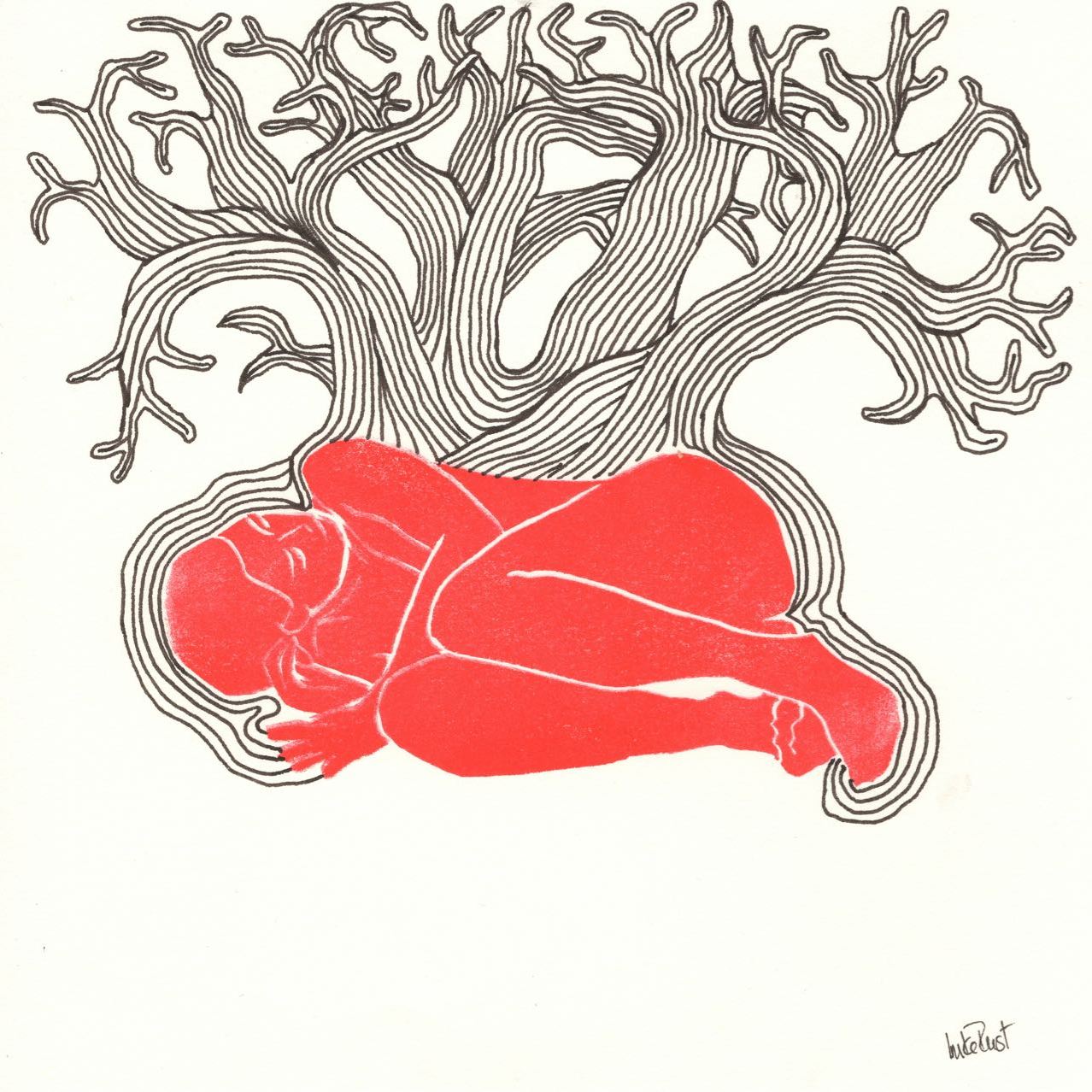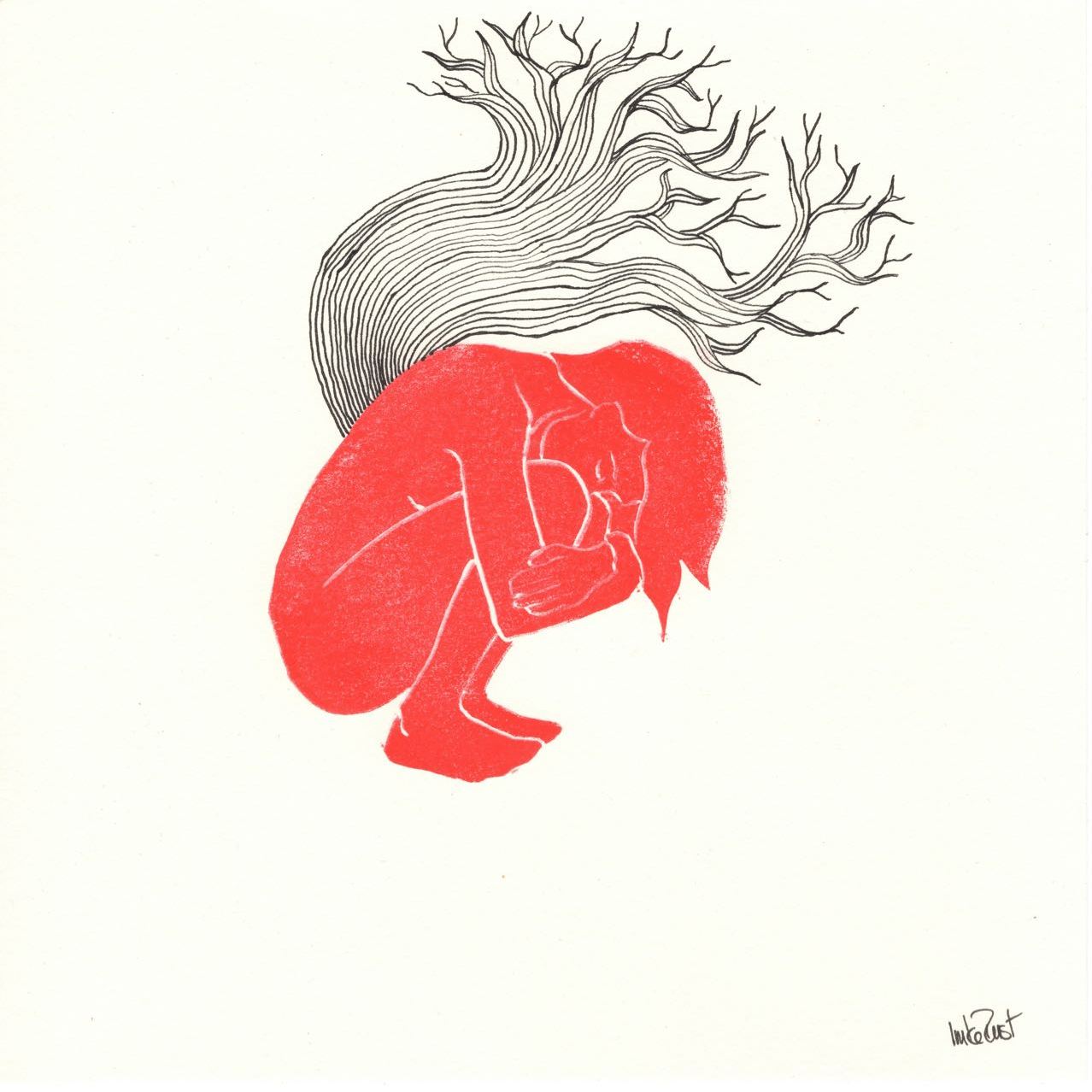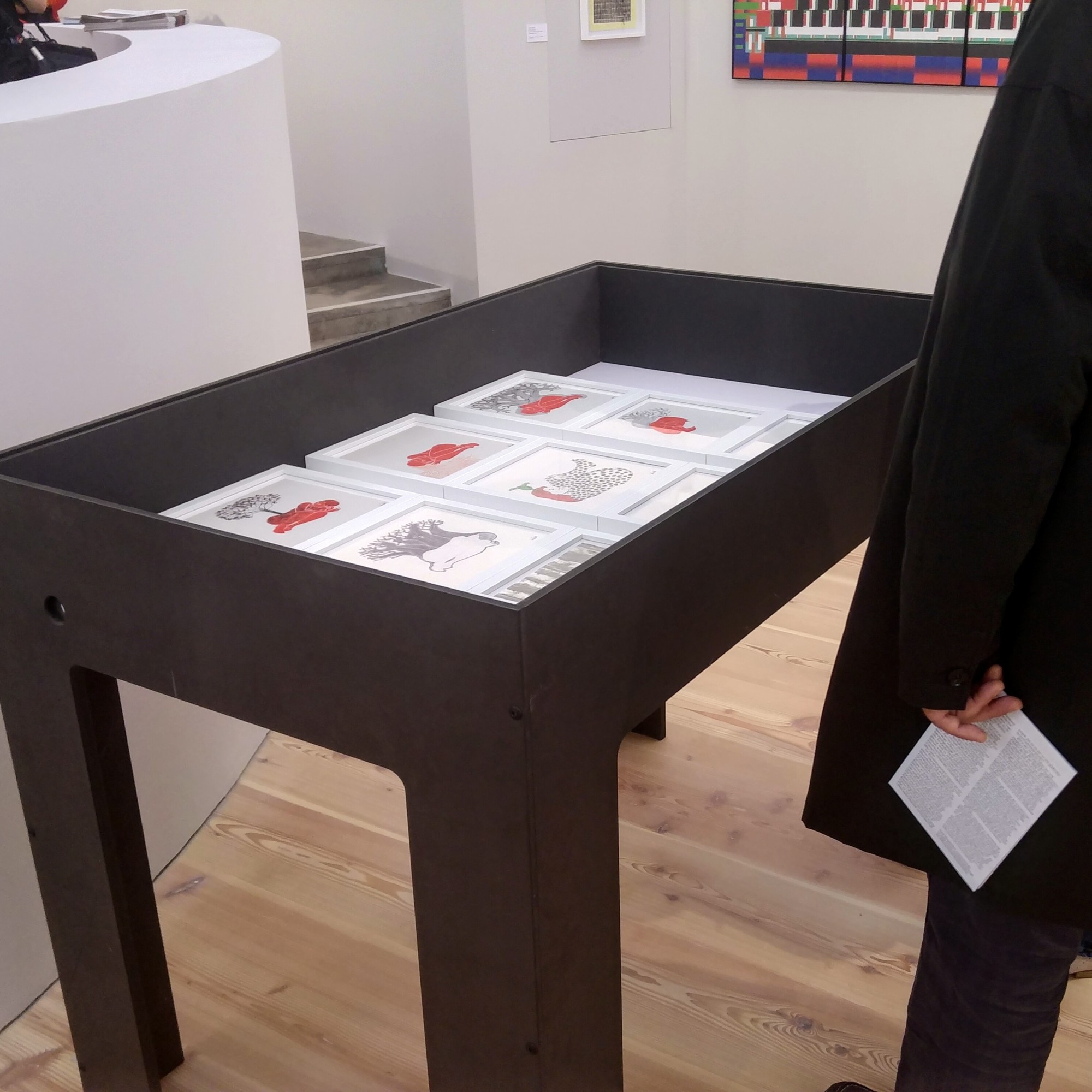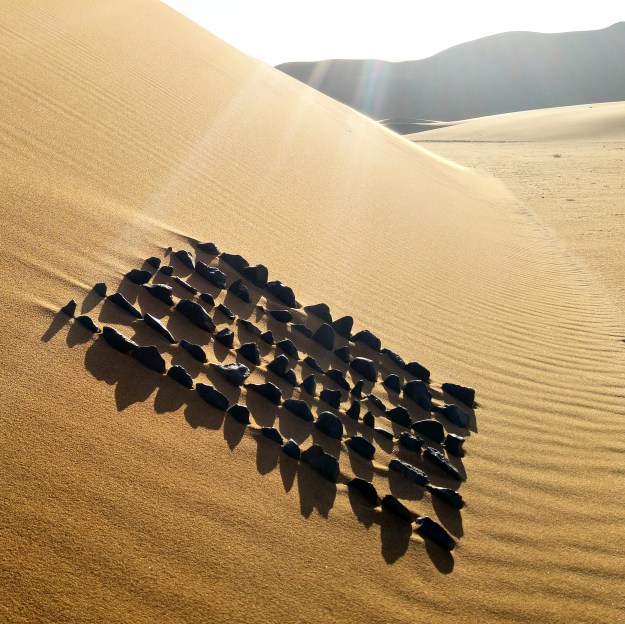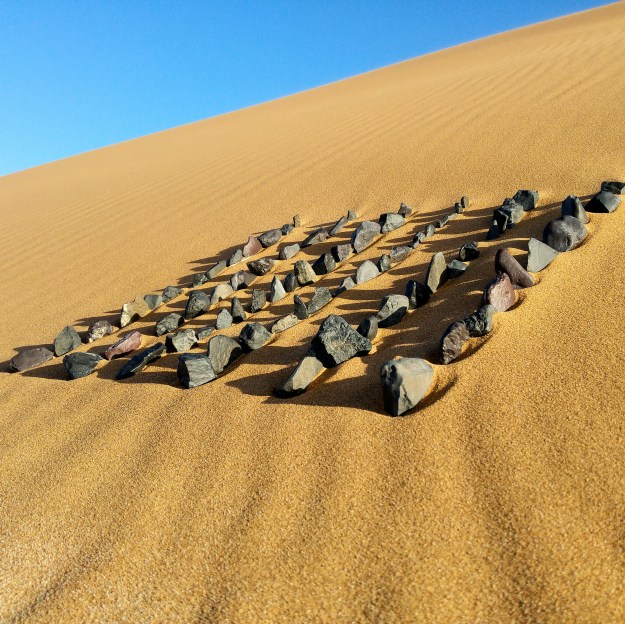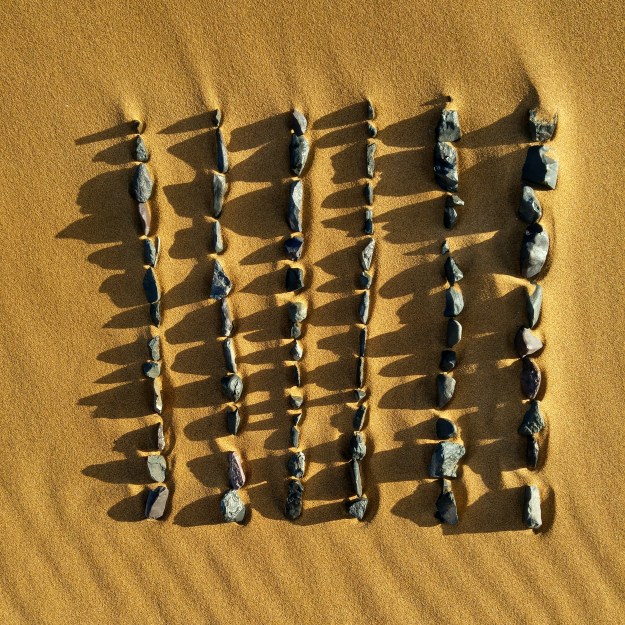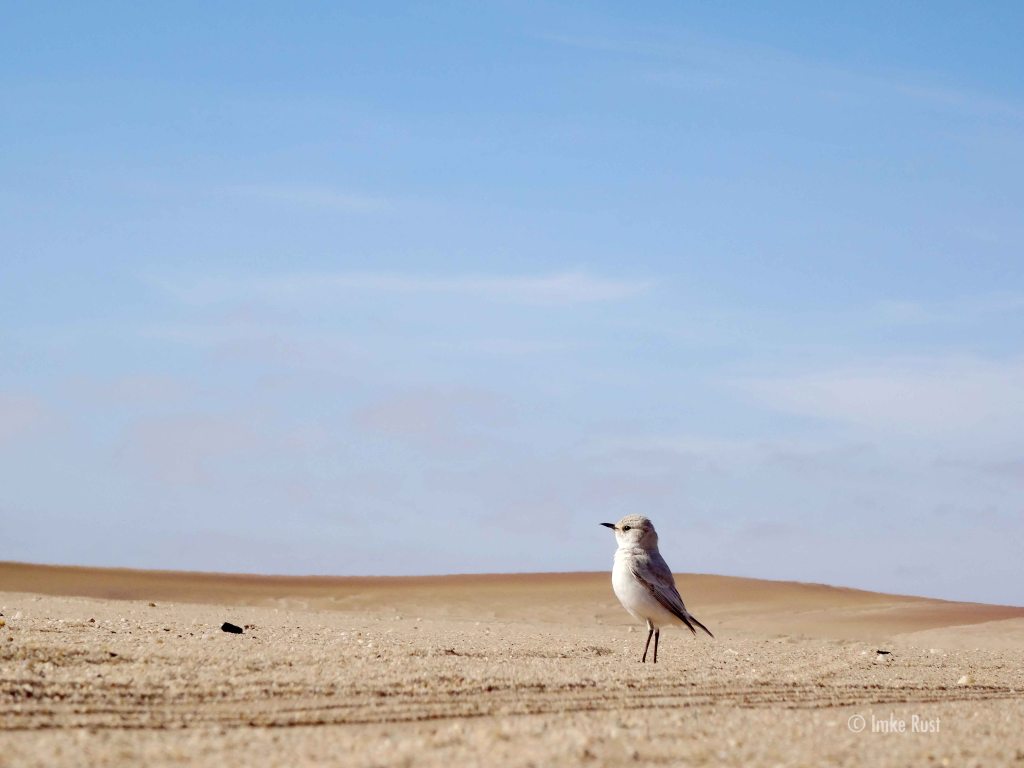Katrin Schürmann and Imke Rust
will be exhibiting
at the Galerie der KVD in Dachau.
Opening on the 4th of July @ 19h30
Save the date! And please share with your friends in the area!
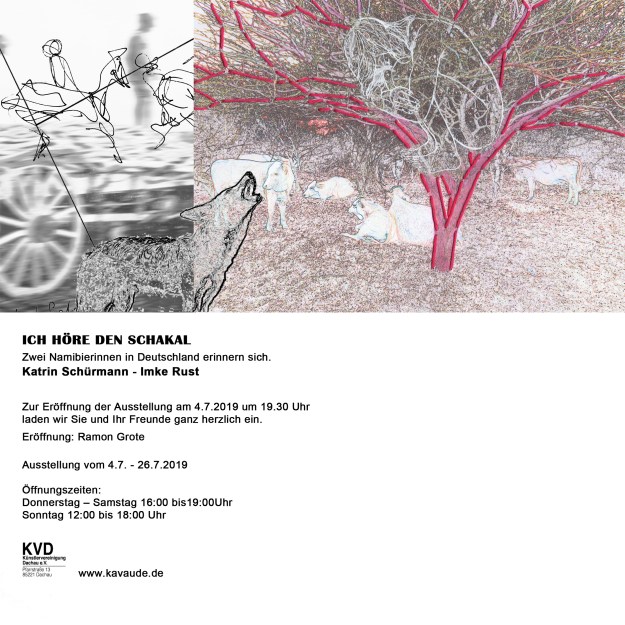
Hope to see you there! 😃 Ich freue mich euch dort zu sehen!
About the exhibition: (für den deutschen Text, bitte runter – scrollen)
Katrin Schürmann (1944) and me (1975) have a very interesting connection: we both grew up on the same farm in Namibia and we went to the same school in Swakopmund. We both are artists and both are now living in Germany.
Having met in 2017 at my exhibition in Munich we have kept in contact via email and exchanged memories and thoughts about the farm and our connection. Katrin Schürmann soon invited me to join her in an exhibition exploring this unique connection that we have.
After her studies Katrin Schürmann left Namibia to work in Germany and stayed ever since. In 1984 her mother sold their family farm Otukarru to my parents. So, just like Katrin, I spent a big part of my youth on the farm. Since my family is still farming there, I am also visiting as often as I can.
How do two artists of different generations relate to the same piece of land? How do the perspectives differ because of time, memory and physical and emotional distance? Where do the perceptions differ? Where are they similar. How do the artists each deal not only with their personal histories, but also the colonial history? Especially in the current times, when it is important to critically question the history of land ownership in Namibia.
Both artists feel a strong connection to nature and Namibia’s vast spaces, the desert and the bush. Katrin works with abstract minimalism. Her monotypes and installations reflect the the barrenness of the land.
I am showing mixed media works, drawings and video works, which are mostly abstract figurative and explore my direct relation to the farm which I still call home. I am questioning the idealisation of and my ambivalent feeling towards the farm life. Current happenings, such as the drought, poaching incidents and the political call for land expropriation of white farmers, affect me directly and are expressed in my works.

Imke Rust ‘Rinderpest’ Mixed Media on paper, 68 x 82cm
Deutsch:
Wer entsinnt sich nicht an den Satz, der am Anfang des Romans von Tanya Blixen und einem sehr erfolgreichen Film steht: „Ich hatte eine Farm in Afrika“. Diese Aussage trifft auch auf die beiden Ausstellerinnen zu. Er prägte ihre Jugend.
Es ist nicht nur die Kindheit in Afrika, die Katrin Schürmann (1944) und Imke Rust (1975) verbindet – sie wuchsen auf derselben Farm in Namibia auf, gingen zur selben Schule in einem 300 Kilometer entfernten Dorf an der Küste, mitten in der Wüste. Dies alles stellte sich heraus, als sich die beiden Frauen zum ersten Mal trafen anlässlich einer Ausstellung von Imke Rust 2017 in der Pasinger Fabrik in München. Die beiden gehören verschiedenen Generationen an, die eine lebt heutzutage in Berlin, die andere in München.
Gemeinsam ist den beiden Künstlerinnen sicherlich die Liebe zur Natur, zu den endlosen Weiten der afrikanischen Savanne und der Wüste. Dieses drückt sich in der Arbeiten von Katrin Schürmann eher in minimalistischen, reduzierten Abstraktionen aus. Die Kargheit des Landes spiegelt sich in einfachen und direkten Darstellungen (Monotypien und Installationen) wider.
Ganz anders sind die Arbeiten von Imke Rust einzuordnen. Die gebürtige Namibierin, die erst vor kurzem nach Deutschland kam, weist auf politische Entwicklungen hin, bringt eine zwiespältige Reflektion zum Ausdruck, denn beide Künstlerinnen müssen sich heutzutage fragen, unter welchen Umständen diese Farm zur Kolonialzeit in Deutschen Besitz kam.
Imke Rust ist regelmäßig in ihrer Heimat und auf der elterlichen Farm. Somit ist sie immer wieder mit den aktuellen Geschehnissen dort konfrontiert. Ob Trockenheit, Wilderei oder die Forderungen nach Landenteignungen weißer Farmer – vieles berührt sie direkt und spiegelt sich in ihren Werken wieder
Imke Rust zeigt Arbeiten die auf der elterlichen Farm in Namibia entstanden sind oder in direkter Beziehung dazu stehen. Sie arbeitet multimedial und vorzugsweise direkt in der Natur, welches sie in Fotografien, Zeichnungen und Videoarbeiten dokumentiert und zeigt.
Für die geplante Ausstellung befassen sich beide Künstlerinnen mit ihrer Beziehung zu dem Land Namibia, aber auch dem Stückchen Land auf dem beide aufgewachsen sind und das für sie lange ihr Zuhause war. Wie sehen sie ihre persönliche Beziehung zu dem Land und seiner Geschichte? Welche Ähnlichkeiten und Unterschiede gibt es in der Wahrnehmung? Gerade in der jetzigen Zeit, wo Deutschland von den Herero zur Verantwortung für ihre koloniale Geschichte gezogen wird, ist eine kritische und persönliche Hinterfragung was es denn bedeutet „eine Farm in Afrika gehabt zu haben?“ spannend und wesentlich.
Mehr Information zu / More information about Katrin Schürmann: http://www.katrinschuermann.de

Katrin Schürmann Monotypes 100 x 70cm


